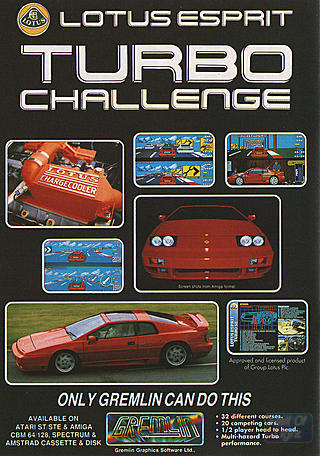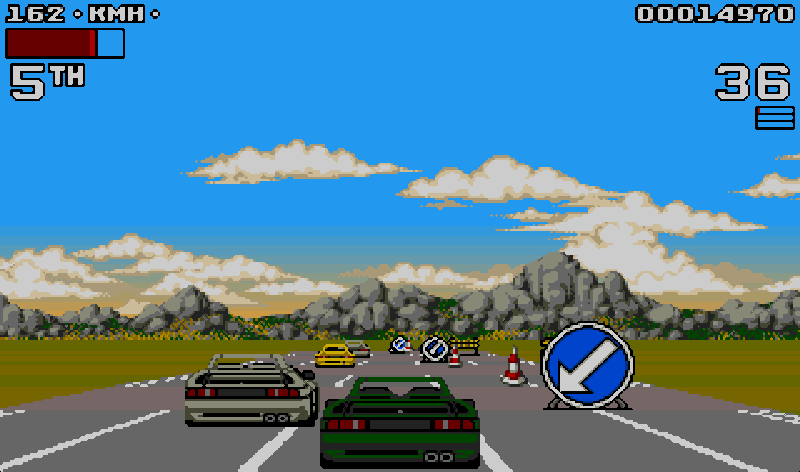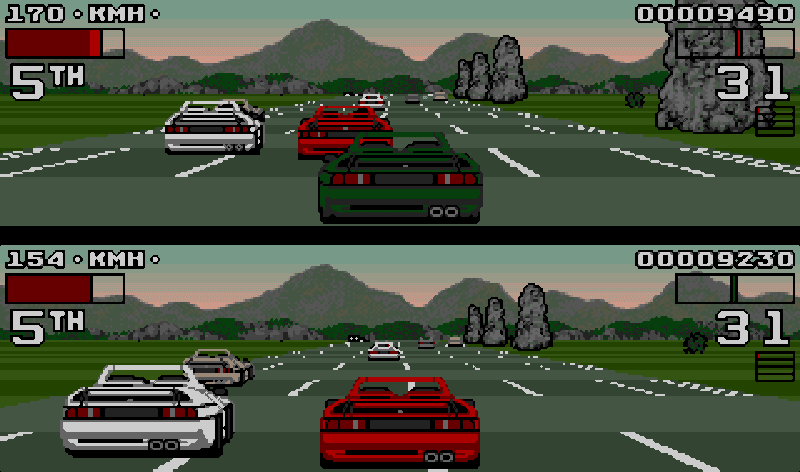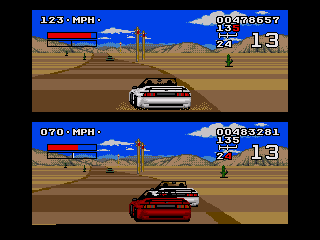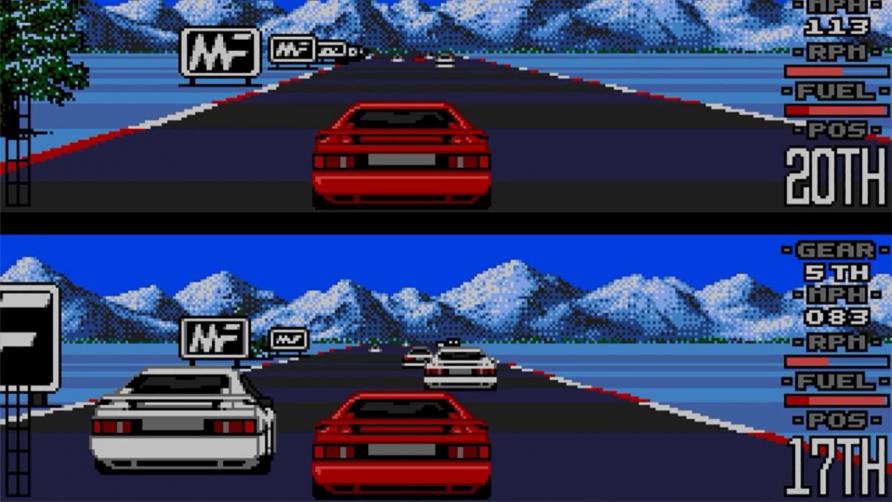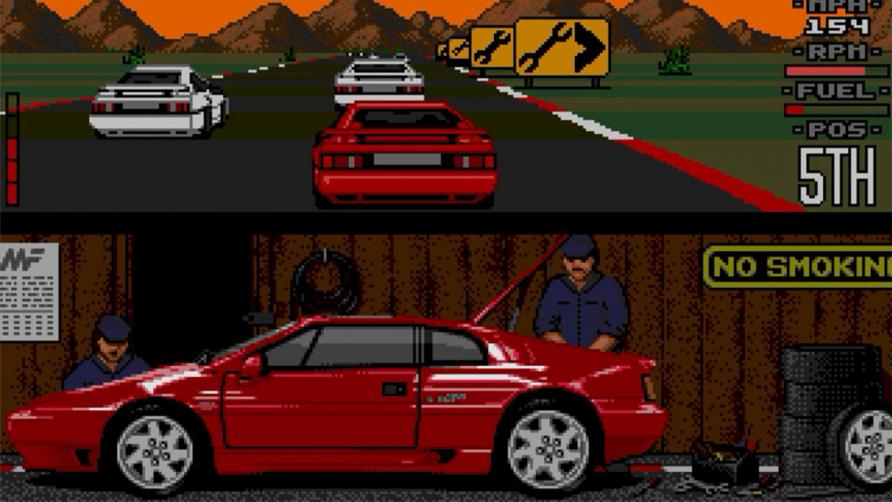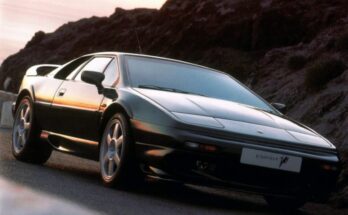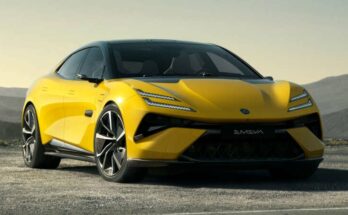Need for Speed, Forza or the Asphalt are some of the video games of the modern era that entertain us with realistic graphics and probably a real-world-like experience of driving a car. However back in the 80s & early 90s, we the kids of Generation X were mesmerized by arcade-quality 16-bit racing games since watching moving pixels of a racing car on a small monitor was enough to give us a hair-raising experience in sheer excitement.
Related: Aamir Ashfaq has Pakistan’s Largest Collection of Die-Cast Cars
One of those games prior to the Microsoft Windows era which required us to use floppy disks on a DOS-based PC to load the game in order to quench our desire to drive a car on a computer screen was the Lotus Esprit Turbo Challenge game. And it was the very game which made me fall in love with this car, especially they way it looked.
Screenshots of the game
While the game itself was designed to arcade sensibilities, it included some features that were close to being realistic such as you have to stop in the pits to refuel mid-race and manage lower grip levels in the ice and desert stages. Plus certain types of obstacles (static or moving) on the road would decrease the speed of the car allowing the rivals to overtake you in the process.
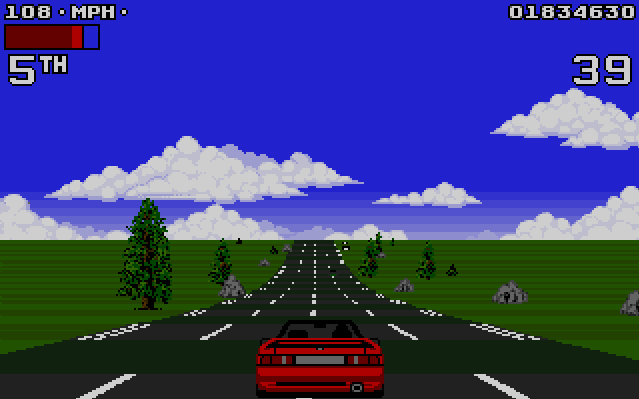
Originally, the game featured 2 modes of play – one has you racing against 19 computer rivals (with witty names such as Alain Phosphate and Crash-Hard Banger), and the other pits you against the clock. There were 13 different types of races, ranging from Motorways to night-time to sections punctuated by roadworks, and some were lap-based with others being simple A-B. It also featured a split-screen for two players to compete in the race simultaneously.
Related: Remembering The Knight Rider from the 1980s
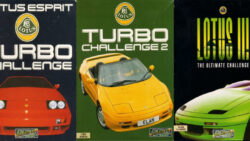
The Car- Lotus Esprit
Lotus Esprit is one of the most popular British sports car that was built between 1976 and 2004. It was among the first of designer Giorgetto Giugiaro’s polygonal “folded paper” designs. During the 28 years of its lifespan, there were 4 different series released each refining the design while still retaining the original polygonal styling and the iconic pop-up headlamps.
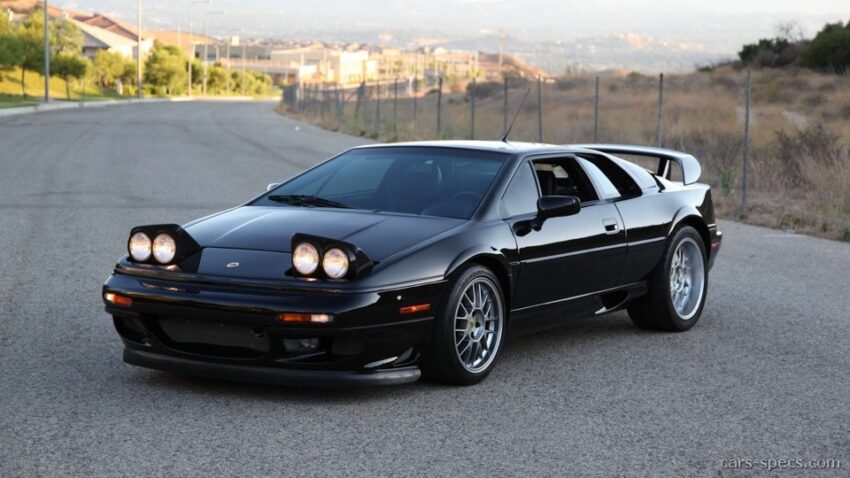
The most powerful version of the Esprit featured 3.5L Twin Turbo V8 engine which despite having a modified transaxle, was detuned from a potential 500 hp to 350 hp so to prevent gearbox damage. The 0-100km/h sprint figures were recorded to be in just 4.4 seconds with a top speed of over 282 km/h. A total of 10,675 Esprits were produced during its lifespan.
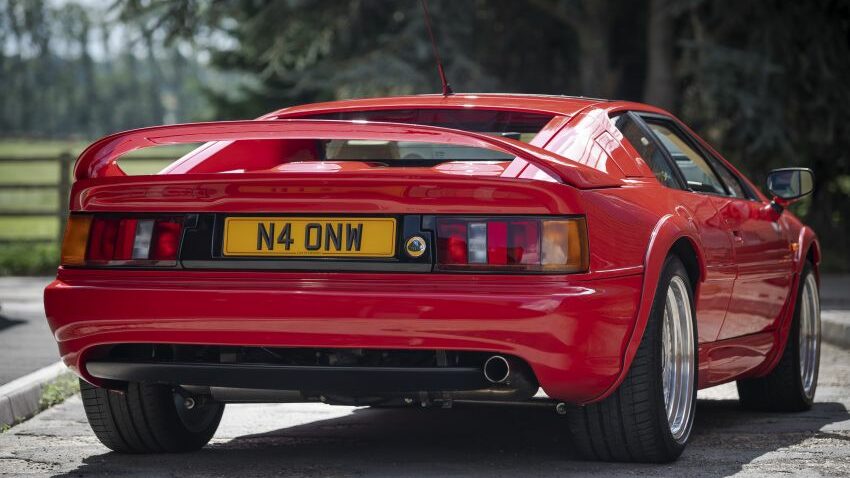
6 Rare Lotus Esprit Examples Headed for Auction
The Market, an online classic car auctioneer based in Oxford, UK, has secured a collection of 6 rare and highly desirable Lotus Esprit models. Each can be found on The Market’s highly secured app, where individuals can make their bids.
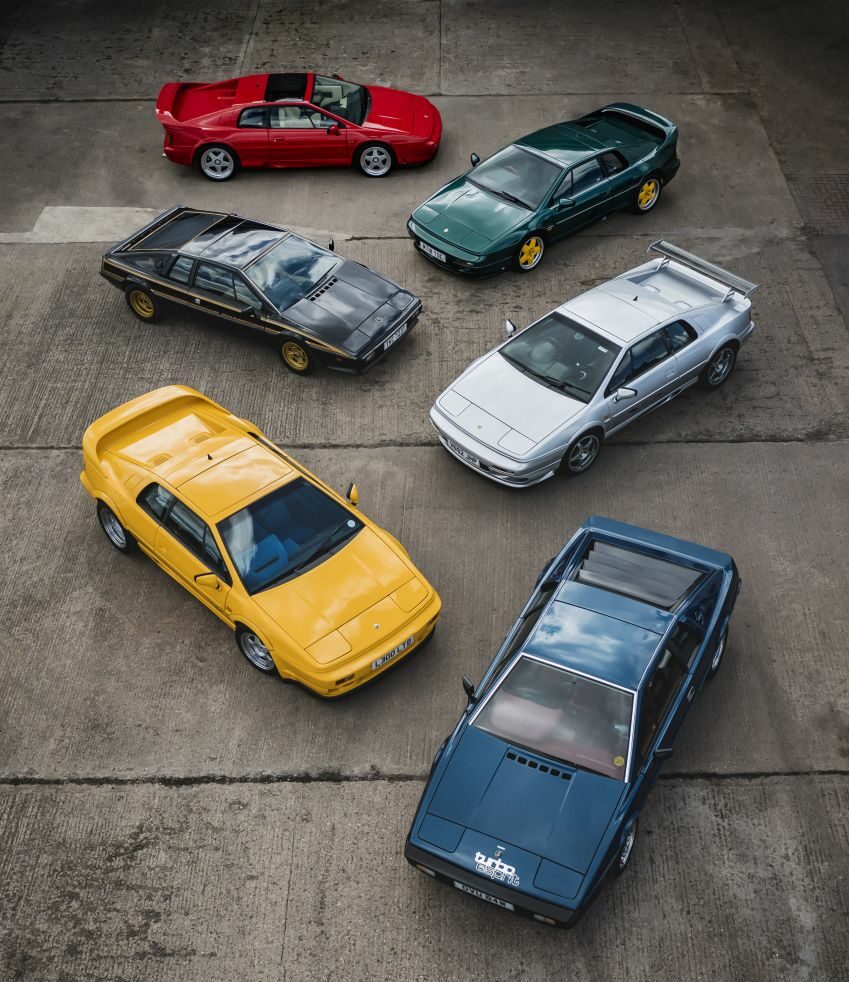
There is a 1978 Esprit S2 ‘JPS Edition’ in the black and gold livery and has only 21,887 km on the odometer. Then there is a 1994 Esprit ‘Sport 300’ in Camel Racing Yellow color, a 1981 Esprit Turbo Essex S3, a Championship Winners Limited Edition 1995 Esprit S4 GT in Lotus Brooklands Green, a 1995 Esprit S4S and an immaculate 1999 Esprit V8 350S. The details of these cars can be found in the ‘Coming Soon’ section of The Market’s website.
Lotus Esprit in more games & movies
Prior to the above mentioned games the Esprit was also featured in Turbo Esprit, the Commodore-64 game released in 1986. Lotus Esprit car was also featured in Need for Speed II-SE computer game in the late 90s.
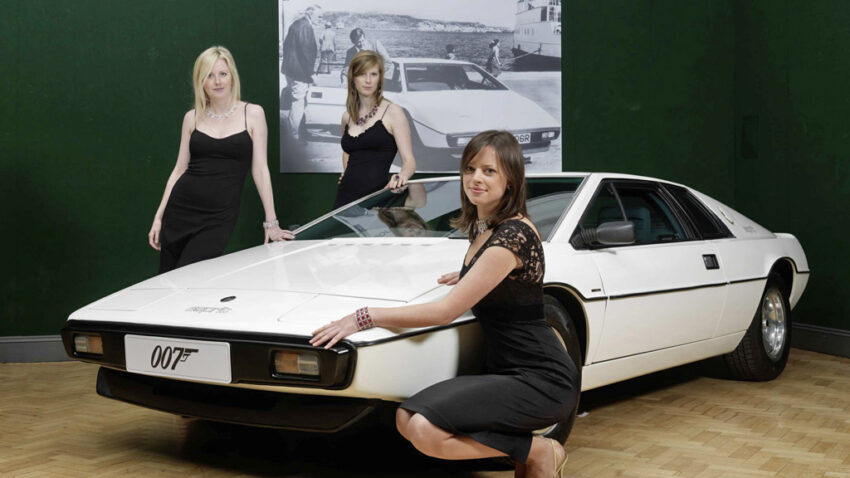
The Esprit was featured in the 1977 James Bond movie The Spy Who Loved Me, where the car famously converted into a submarine after a road chase. Later, two Esprits were also featured in the James Bond film For Your Eyes Only.
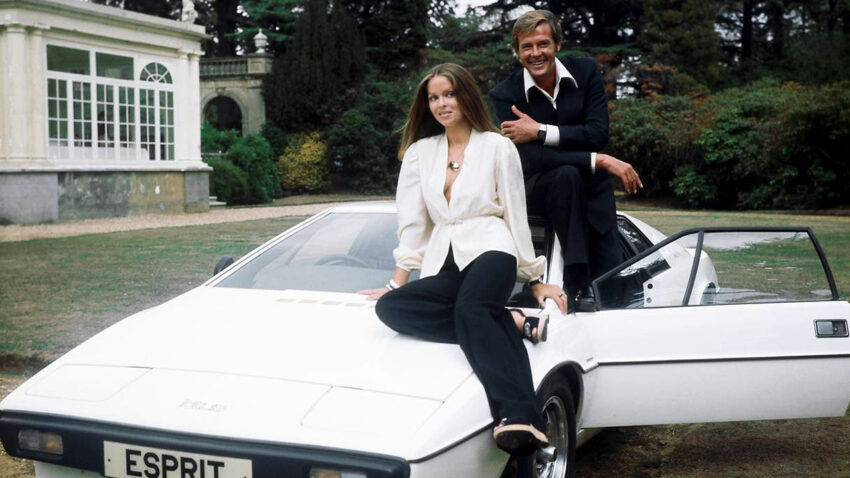
Esprit then appeared in the film Pretty Woman after Ferrari and Porsche declined the product placement opportunity because the manufacturers did not want to be associated with soliciting prostitutes. Lotus saw the placement value with such a major feature film and supplied a 1989 Silver Esprit SE.
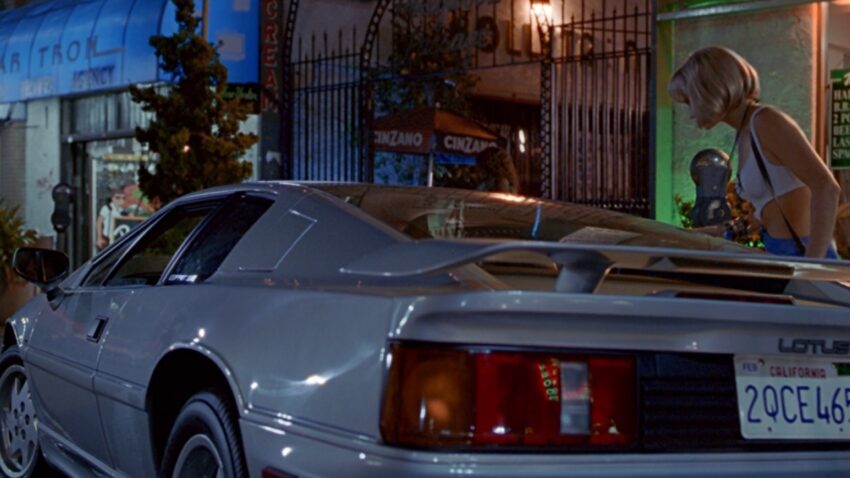
In addition, the Esprit was also seen in movies including Basic Instinct, The Rookie, Taking Care of Business, If Looks Could Kill and Parts: The Clonus Horror, as well as the TV series The Highwayman. When discontinued in 2004, Lotus Esprit was one of the last cars in the world that came equipped with pop-up headlights.

A computer animation professional with over 23 years of industry experience having served in leading organizations, TV channels & production facilities in Pakistan. An avid car enthusiast and petrolhead with an affection to deliver quality content to help shape opinions. Formerly written for PakWheels as well as major publications including Dawn. Founder of CarSpiritPK.com

